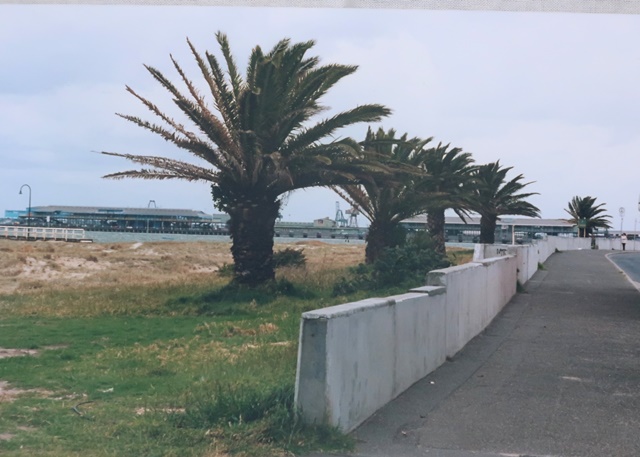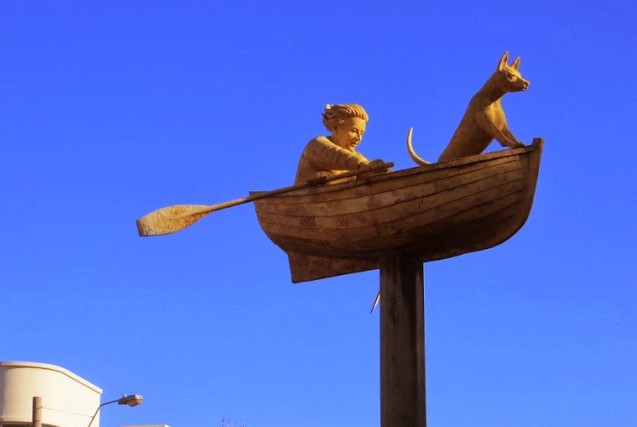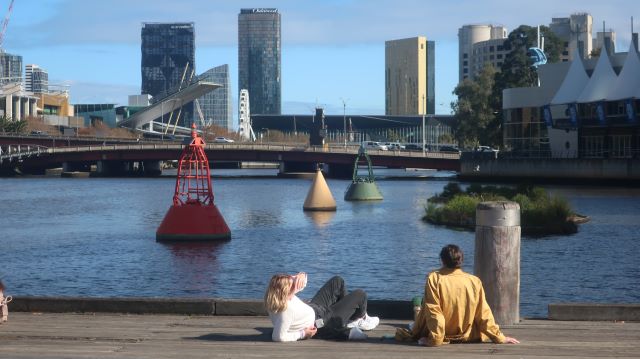
Thirty years of the City of Port Phillip
Thirty years ago, on 22 June 1994, the City of Port Phillip was created from the amalgamation of the three former cities of Port Melbourne, South Melbourne and St Kilda by the Kennett Liberal government. Earlier attempts at local government reform had failed.
The Port Melbourne Council did not take their sacking lying down. Citizens were invited to participate in a wake for the City. A photograph was commissioned to record this final assembly of the citizens of Port Melbourne. Some former councillors began preparing for the restoration of local democracy.

Three commissioners headed by Des Clarke were appointed to run the new city. Kennett insisted on an across-the-board rate cut of 20 per cent and capped rate rises and ordered that at least 50 per cent of council services go out to tender.
The three cities had different identities, histories, cultures and ways of delivering services. At the time of amalgamation, there was no uniform treatment of the sea wall along the foreshore. South Melbourne had a solid bluestone wall. Port Melbourne’s was plain concrete.

Pickles St was the boundary between Port and South. Urban designers often use the phrase ‘to stitch together’ to mean bringing disparate elements together to create something more cohesive. The bluestone was replicated. On the Port Melbourne side of Pickles St, if you look closely, you can see it is actually a concrete wall capped with bluestone.

There followed a difficult period creating a new city. Each of the former cities had their strengths which flowed through into the new City of Port Phillip. St Kilda, under the leadership of Tim Costello and John Spierings had invested strongly in affordable housing. South Melbourne had a proud history in delivering social services such as meals and wheels. Port Melbourne delivered great services.
At this time, when local democracy had been taken away, there was a renewed appetite for it. The years between 1994 and 1996 were a rich time for thinking about the nature of local government and representation, and how the values of social justice would be implemented in the new city.
From the election in March 1996, with communities still bruised with the abrupt changes brought about by amalgamation, Council respected the character and identity of the neighbourhoods that made up the new Port Phillip.
Thirty years later
The City of Port Phillip did not fare well in the most recent Local Government Community satisfaction survey. It found that ‘Council performs significantly below the Metropolitan group average on most service areas evaluated, and on no services does it rate significantly above the Metropolitan group average.’
Furthermore, ‘Council’s overall performance rating is at its lowest level recorded. Port Phillip City Council’s overall performance is rated statistically significantly lower (at the 95% confidence interval) than the average rating for councils in the Metropolitan group.1
Local government elections in October
Local government elections will be held in October this year via postal ballot. In February, following a review, nine single member wards were created. These will replace the 3 councillors in 3 wards model that have been in place since 2015. The new wards were created so that they would have comparable numbers of voters in each ward but they do not relate to the way people experience where they live.
Check out which ward you are in and start paying attention to who is standing in your ward.

On Wednesday 19 June 2024, the Local Government Amendment (Governance and Integrity) Bill 2024 was passed by the Victorian Parliament. The legislation introduces a raft of provisions relating to Councillor conduct, including a uniform code of conduct, and compulsory councillor and mayoral training. The legislation also gives the Minister for Local Government the power to dismiss councillors.
1 2023 Local Government Community Satisfaction Survey Port Phillip City Council Coordinated by the Department of Government Services on behalf of Victorian councils




Anne Garrow
Love the photo of the bluestone wall and the story that might be revealed through considering a small connecting point such as that. Also intersting to see the photo of the palm trees planted in the sand dune. Good thing they were removed and a good thing that the fence was erected to protect the dunes (eliciting much brouhaha from some sectors).